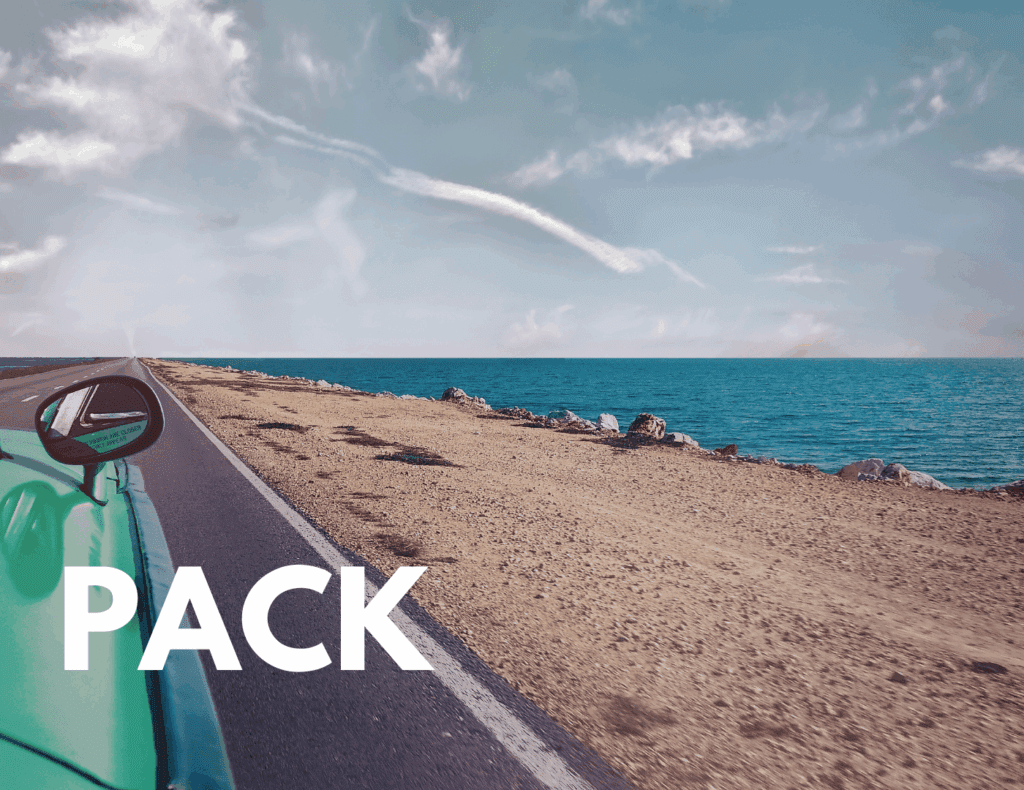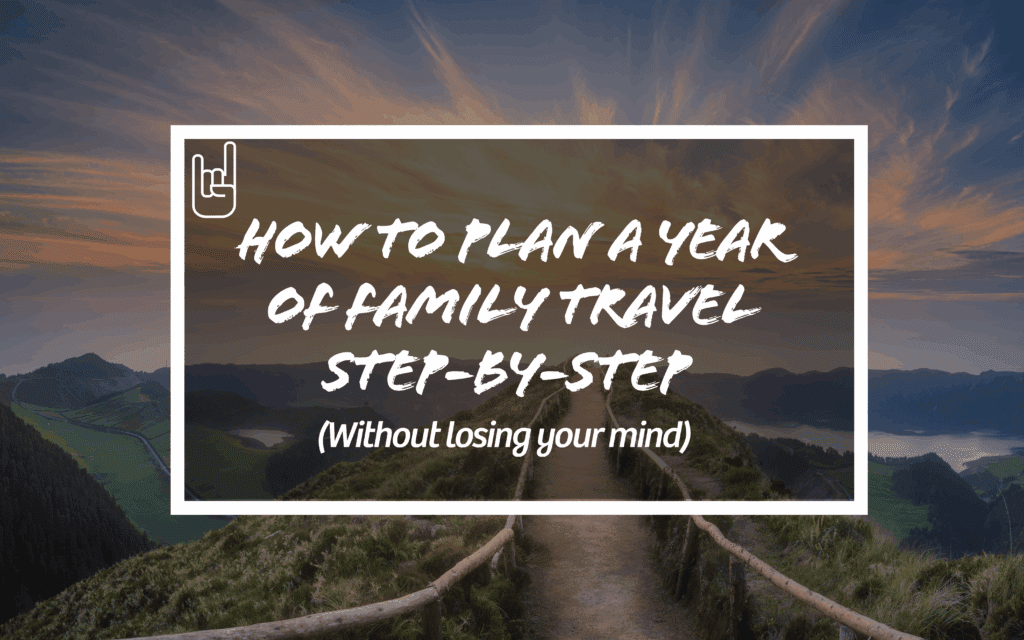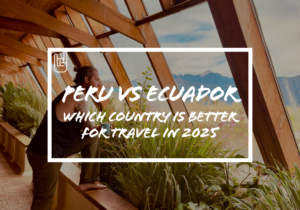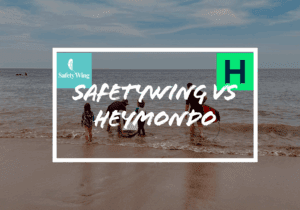How to Plan a Year of Family Travel Step-by-Step
Planning long-term family travel, especially with young kids, can feel overwhelming. But with the right steps, it’s possible (even on a budget). Whether you’re dreaming of slow travel through South America, road-tripping across the U.S., or worldschooling in Europe or Southeast Asia, this guide walks you through how to actually make it happen, from the first idea to the departure gate.
Why Planning Long-Term Travel Feels Like... a Lot
We sat at the kitchen table with 17 browser tabs open: flights, packing lists, visa sites, and a Google Doc titled “Can we actually do this?”
Don’t fool yourself this is going to be overwhelming.
If you’re here, maybe you’ve had a similar moment.
You’re dreaming about taking your family on a long-term trip, maybe a year, maybe six months and you’re somewhere between excited and overwhelmed.
The good news? You don’t need to plan the entire journey today.
You just need a place to start. This guide breaks it down step-by-step, realistically, and with real family life in mind.
1. Start With Your “Why”

Before any bookings, spreadsheets, or second-guessing… pause.
Ask: Why do we want to do this?
Your “why” becomes your compass. It grounds you when logistics get messy or doubts creep in.
Maybe you want to slow down and reconnect as a family.
Maybe it’s about curiosity, showing your kids the world beyond routines.
Maybe it’s burnout, and you need to do life differently for a while.
If i’m honest it was a mix of all 3 of the above plus being fed up with England.
There’s no right answer. But having your answer makes the planning phase clearer and more personal.
✏️ Quick exercise: Write a one-sentence mission statement for your trip. Example: “We’re taking a year to explore, connect, and grow together as a family — without rushing it.”
2. Decide on Your Timeline and Route

This doesn’t need to be exact. But sketching a rough timeline and regional focus helps everything else fall into place.
Start with:
How long do we want to travel? (3 months? 12?)
When do we want to leave?
Where feels exciting and realistic for our family?
Tip: Use Google My Maps or Rome2Rio to play with routes. Think weather, seasons, and language familiarity.
Plus if you start build a google my Mpa route and add places you been when you’re theres thats a potential digital product you can sell long term.
We’re prepping for a year in South America with two kids. Our route? Still flexible, but we’ve mapped the first few months to feel prepared (not trapped).
I think its impossible to plane the whole 12 months but you can have a rough idea.
3. Build a Budget That Actually Matches Your Style

This is where dreams meet reality and that’s a good thing.
We broke our travel budget into:
Monthly spending goals (accommodation, food, transport)
Upfront costs (flights, insurance, gear)
Buffer (unexpected costs, because… kids)
Did we save exactly what we wanted?
No.
I still have some debt.
We couldn’t sell everything we wanted, its not a buyers market.
We under estimated a few things.
But guess what if we kept waiting for the perfect time, then we would never travel.
Remember: your budget isn’t about restriction, it’s about clarity.
And the slower you travel, the more you save.
Read more: Family Travel Planning: Best Tools
4. Sort the Logistics Early (Without Getting Lost in Them)

We didn’t need to figure everything out at once. But some things? You’ll want on your radar early.
Here’s what we tackled first:
Passports (we had to do 3 renewals)
Visas + Entry Rules for our first few countries
Travel insurance (we’re using SafetyWing)
Schooling decisions — see our Worldschooling 101 post
Medical prep — vaccinations, checkups, basic travel meds. (Vaccination add up real quick, budget for these.)
We kept everything in a shared folder labeled “Departure Docs” with backups. (Or should i say my super organised wife Tania did this)
5. Plan the First Few Weeks, Then Let Go a Bit

We originally tried to plan the whole year.
Spoiler: that led to burnout before we even left.
What worked better?
Book your arrival flight + 2 weeks of accommodation
Research good “starter” destinations (walkable, family-friendly, safe)
Create a loose route, but stay open to pivots
Slow travel = less stress and better experiences.
6. Prep the Kids Emotionally (and Yourselves Too)

Kids are resilient but transitions are still big.
Here’s what helped:
Talking about the trip early and often
Reading books about travel and the places we’re going
Involving them in choices (“Should we learn Spanish with songs or games?”)
Letting them help pack their own bag
Also: not every moment will be magical. That’s okay.
Big changes come with big feelings for everyone.
7. Pack Light(ish) and Smart

This is where our overthinking really kicked in.
So we created a checklist to stop the “what if” spiral.
What made the cut:
Lightweight travel backpacks
Kid essentials (headphones, snacks, a few comfort toys)
TalkBox.Mom for Spanish immersion on the go (we had to minimise this)
Check out our amazon shop here for the gear.
🧳 Want our packing list template ?
👉 Grab our packing list here
8. Our Real Timeline: How Long It Took to Prep
Here’s a rough breakdown of how our planning unfolded:
| Month | Focus |
|---|---|
| Month 1 | Decided our “why” + timeline |
| Month 2 | Started budgeting + saved documents |
| Month 3 | Booked flights (one way) |
| Month 4 | Researched housing + schooling options |
| Month 5 | Nothing much apart from house prep |
| Month 6 | Same as month 5 |
Then it got to month 7/8 and we started to panic
Was it perfect? No.
We full one was the stereo type of parkisons law “work will expand to fill the time allotted for its completion”
We were the most productive we have EVER been in our life in the last 2 months before we travelled.
But step-by-step, we got there. We have a in depth how we planned out travel guide here.
Final Thoughts: You Don’t Need to Plan It All Today
Family travel isn’t about being fearless or perfect.
It’s about starting, with curiosity, intention, and a little bit of chaos.
Use what’s helpful. Skip what’s not.
And remember: you can always adjust.





